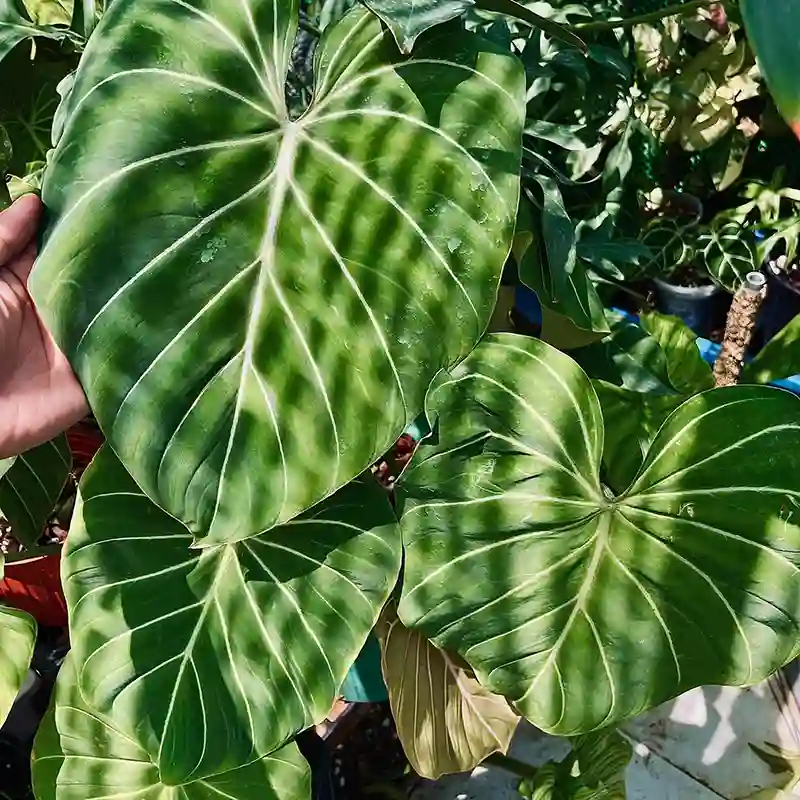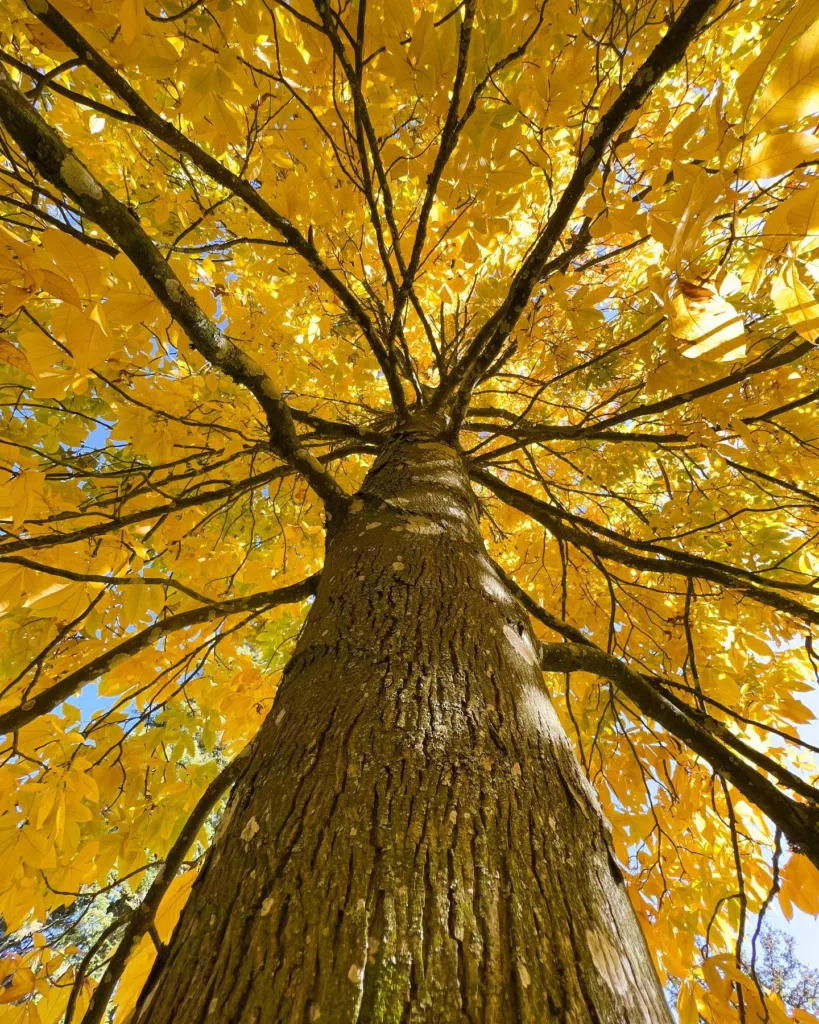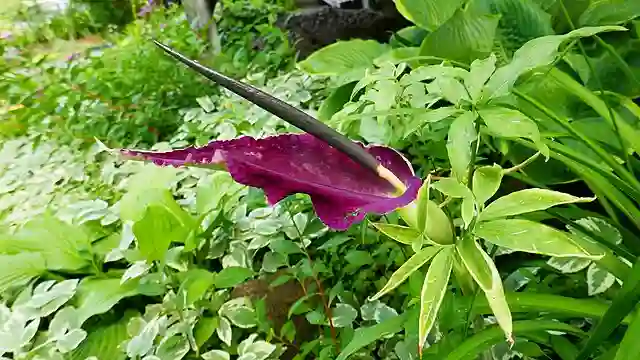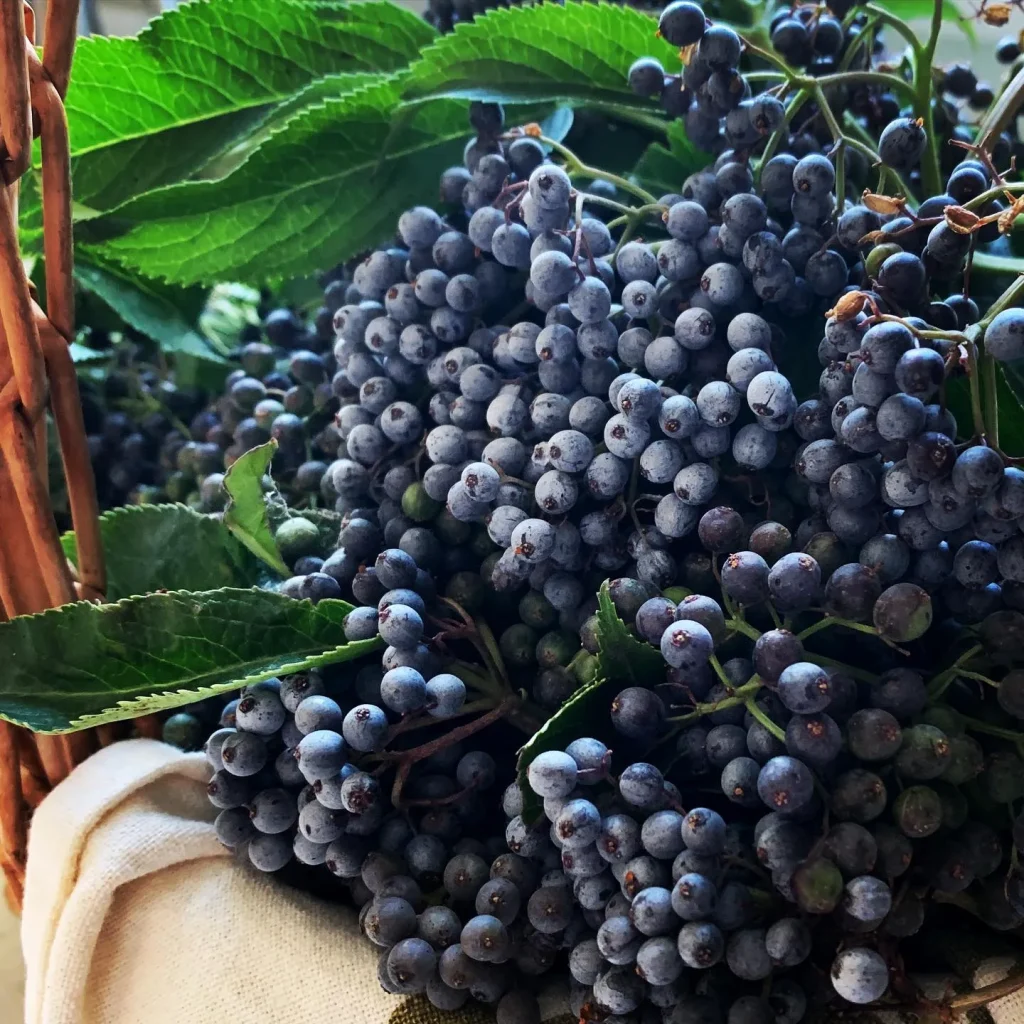
Moth Orchids: A Personal Fascination with Phalaenopsis
The world of orchids is vast and captivating, filled with exotic beauty and intricate adaptations. But among the thousands of orchid species, the genus Phalaenopsis belong to the Orchidaceae family holds a special place in my heart. These orchids, commonly known as moth orchids, have an allure that’s hard to resist. Their elegant blooms, resembling moths in flight, come in a dazzling array of colors and patterns, making them a favorite among orchid enthusiasts like myself, Ferb Vu.
Understanding the Moth Orchid
Phalaenopsis orchids are epiphytes, meaning they grow on other plants, typically trees, for support. They are native to Southeast Asia, thriving in the humid rainforests of countries like the Philippines, Indonesia, and Taiwan. These orchids have adapted to their environment by developing thick, fleshy leaves that store water and aerial roots that absorb moisture from the air.
What truly sets Phalaenopsis apart are their flowers. These blooms are characterized by their bilateral symmetry, meaning they can be divided into two mirror images. The petals and sepals, often similar in appearance, fan out from the center, creating a delicate and graceful display. The lip, a modified petal, is often the most striking part of the flower, adorned with intricate patterns and vibrant colors to attract pollinators.
A Diverse Genus
The genus Phalaenopsis comprises around 89 recognized species, each with its unique characteristics and charm. Some of the most notable species include:
- Phalaenopsis amabilis (L.) Blume Plant FAQs: Phalaenopsis Amabilis – Moon Orchid
- Phalaenopsis amboinensis J.J.Sm.
- Phalaenopsis × amphitrite Kraenzl.
- Phalaenopsis aphrodite Rchb.f. Plant FAQs: Phalaenopsis Aphrodite
- Phalaenopsis appendiculata Carr
- Phalaenopsis bastianii O.Gruss & Roellke
- Phalaenopsis bellina (Rchb.f.) Christenson Plant FAQs: Phalaenopsis Bellina
- Phalaenopsis boulbetii (Telepova) J.M.H.Shaw
- Phalaenopsis braceana (Hook.f.) Christenson
- Phalaenopsis cacharensis (Barbhuiya, B.K.Dutta & Schuit.) Kocyan & Schuit.
- Phalaenopsis celebensis H.R.Sweet
- Phalaenopsis chibae T.Yukawa
- Phalaenopsis cochlearis Holttum
- Phalaenopsis corningiana Rchb.f.
- Phalaenopsis cornu-cervi (Breda) Blume & Rchb.f.
- Phalaenopsis deliciosa Rchb.f.
- Phalaenopsis difformis (Wall. ex Lindl.) Kocyan & Schuit.
- Phalaenopsis doweryensis Garay & Christenson
- Phalaenopsis equestris (Schauer) Rchb.f. Plant FAQs: Phalaenopsis Equestris
- Phalaenopsis fasciata Rchb.f.
- Phalaenopsis fimbriata J.J.Sm.
- Phalaenopsis finleyi Christenson
- Phalaenopsis floresensis Fowlie
- Phalaenopsis formosana (Christenson) J.M.H.Shaw
- Phalaenopsis fuscata Rchb.f.
- Phalaenopsis × gersenii (Teijsm. & Binn.) Rolfe
- Phalaenopsis gibbosa H.R.Sweet
- Phalaenopsis gigantea J.J.Sm. Plant FAQs: Phalaenopsis Gigantea
- Phalaenopsis hieroglyphica (Rchb.f.) H.R.Sweet
- Phalaenopsis honghenensis F.Y.Liu
- Phalaenopsis hookeriana (O.Gruss & Roellke) O.Gruss
- Phalaenopsis inscriptiosinensis Fowlie
- Phalaenopsis × intermedia Lindl.
- Phalaenopsis japonica (Rchb.f.) Kocyan & Schuit.
- Phalaenopsis javanica J.J.Sm.
- Phalaenopsis kapuasensis Metusala & P.O’Byrne
- Phalaenopsis kunstleri Hook.f.
- Phalaenopsis laotica (O.Gruss & Aver.) O.Gruss
- Phalaenopsis × leucorrhoda Rchb.f.
- Phalaenopsis lindenii Loher Plant FAQs: Phalaenopsis Lindenii
- Phalaenopsis lobbii (Rchb.f.) H.R.Sweet Plant FAQs: Phalaenopsis Lobbii
- Phalaenopsis × lotubela O.Gruss, Cavestro & G.Benk
- Phalaenopsis lowii Rchb.f.
- Phalaenopsis lueddemanniana Rchb.f. Plant FAQs: Phalaenopsis Lueddemanniana
- Phalaenopsis luteola Burb. ex Garay, Christenson & O.Gruss
- Phalaenopsis maculata Rchb.f.
- Phalaenopsis malipoensis Z.J.Liu & S.C.Chen
- Phalaenopsis mannii Rchb.f. Plant FAQs: Phalaenopsis Mannii
- Phalaenopsis mariae Burb. ex R.Warner & H.Williams
- Phalaenopsis marriottiana (Rchb.f.) Kocyan & Schuit.
- Phalaenopsis medogensis X.H.Jin & C.B.Ma
- Phalaenopsis mentawaiensis O.Gruss
- Phalaenopsis micholitzii Sander ex H.J.Veitch
- Phalaenopsis mirabilis (Seidenf.) Schuit.
- Phalaenopsis modesta J.J.Sm.
- Phalaenopsis mysorensis C.J.Saldanha
- Phalaenopsis natmataungensis (T.Yukawa, Nob.Tanaka & J.Murata) Dalström & Ormerod
- Phalaenopsis pallens (Lindl.) Rchb.f.
- Phalaenopsis pantherina Rchb.f.
- Phalaenopsis parishii Rchb.f.
- Phalaenopsis philippinensis Golamco ex Fowlie & C.Z.Tang Plant FAQs: Phalaenopsis Philippinensis
- Phalaenopsis pulcherrima (Lindl.) J.J.Sm. Plant FAQs: Phalaenopsis Pulcherrima
- Phalaenopsis pulchra (Rchb.f.) H.R.Sweet
- Phalaenopsis putaoensis X.H.Jin & H.A.Mung
- Phalaenopsis reichenbachiana Rchb.f. & Sander
- Phalaenopsis robinsonii J.J.Sm.
- Phalaenopsis × rolfeana H.R.Sweet
- Phalaenopsis rundumensis P.J.Cribb & A.Lamb
- Phalaenopsis sanderiana Rchb.f. Plant FAQs: Phalaenopsis Sanderiana
- Phalaenopsis schilleriana Rchb.f. Plant FAQs: Phalaenopsis Schilleriana
- Phalaenopsis × singuliflora J.J.Sm.
- Phalaenopsis stobartiana Rchb.f.
- Phalaenopsis stuartiana Rchb.f. Plant FAQs: Phalaenopsis Stuartiana
- Phalaenopsis subparishii (Z.H.Tsi) Kocyan & Schuit.
- Phalaenopsis sumatrana Korth. & Rchb.f.
- Phalaenopsis taenialis (Lindl.) Christenson & Pradhan
- Phalaenopsis tengchongensis Z.J.Liu, S.R.Lan & O.Gruss
- Phalaenopsis tetraspis Rchb.f. Plant FAQs: Phalaenopsis Tetraspis
- Phalaenopsis thailandica O.Gruss & Roeth
- Phalaenopsis tsii (M.H.Li, Z.J.Liu & S.R.Lan) Hua Deng, Z.J.Liu & Yan Wang
- Phalaenopsis ubonensis (O.Gruss) J.M.H.Shaw
- Phalaenopsis × valentinii Rchb.f.
- Phalaenopsis × veitchiana Rchb.f.
- Phalaenopsis venosa Shim & Fowlie
- Phalaenopsis violacea H.Witte Plant FAQs: Phalaenopsis Violacea
- Phalaenopsis viridis J.J.Sm.
- Phalaenopsis wilsonii Rolfe
- Phalaenopsis yingjiangensis (Z.H.Tsi) Kocyan & Schuit.
- Phalaenopsis zhejiangensis (Z.H.Tsi) Schuit.
How to Care for Phalaenopsis Orchids?
Caring for Phalaenopsis orchids involves providing the right balance of light, water, and humidity. These orchids thrive in bright, indirect light. A north or east-facing window is ideal. Water them when the potting medium is nearly dry, usually every 7-10 days. Humidity levels around 50-70% are perfect, and you can increase humidity by placing a humidity tray under the plant or using a room humidifier.
How to Water Phalaenopsis Orchids?
Watering Phalaenopsis orchids can be tricky. I find that the best method is to soak the potting medium thoroughly and then let it dry out completely before the next watering. Ensure water drains out to avoid root rot. Using tepid, filtered water or rainwater is best, as they are sensitive to chemicals in tap water.
When to Repot Phalaenopsis Orchids?
Repotting Phalaenopsis orchids is typically needed every 1-2 years or when the potting medium breaks down. The best time to repot is just after the orchid has finished blooming and new roots begin to emerge. This timing minimizes stress on the plant.
How Do You Transplant a Phalaenopsis Orchid?
Transplanting Phalaenopsis orchids involves gently removing the plant from its current pot, trimming any dead or rotted roots, and placing it in fresh orchid mix. Make sure the base of the plant is at the same level as before and that the new pot provides good drainage.
How Long Do Phalaenopsis Orchid Blooms Last?
Phalaenopsis orchid blooms are known for their longevity. Blooms can last from 2 to 6 months, depending on the variety and growing conditions. Proper care, such as maintaining consistent temperature and humidity, can help extend bloom time.
How Long Do Phalaenopsis Orchids Live?
With proper care, Phalaenopsis orchids can live for many years. Some enthusiasts have kept their plants thriving for over a decade. The key is consistent, appropriate care and repotting when necessary.
Are Phalaenopsis Orchids Poisonous to Cats?
Good news for pet owners: Phalaenopsis orchids are non-toxic to cats. You can safely keep these beautiful plants around your feline friends without worrying about their health.
Are Phalaenopsis Orchids Poisonous to Dogs?
Just like with cats, Phalaenopsis orchids are also non-toxic to dogs. They are a pet-friendly choice for anyone who wants to enjoy orchids without endangering their pets.
How Often Do Phalaenopsis Orchids Bloom?
Phalaenopsis orchids typically bloom once a year, although some may bloom more frequently with optimal care. A healthy orchid can reward you with beautiful blooms for several months each year.
Are Phalaenopsis Orchids Edible?
While not poisonous, Phalaenopsis orchids are not considered edible and should not be consumed. They are best enjoyed for their ornamental beauty rather than as a food source.
Are Phalaenopsis Orchids Epiphytes?
Yes, Phalaenopsis orchids are epiphytes, meaning they naturally grow on other plants, such as tree trunks, without taking nutrients from them. This growth habit is why they thrive in well-draining potting mixes that mimic their natural environment.
Are Phalaenopsis Orchids Perennials?
Phalaenopsis orchids are indeed perennials. With proper care, they will continue to grow and bloom year after year, providing long-lasting enjoyment.
Can a Phalaenopsis Orchid Be Planted Outside?
Phalaenopsis orchids can be grown outside in suitable climates, typically in USDA zones 10-12. They need a warm, humid environment with indirect sunlight. In cooler climates, it’s best to keep them indoors.
Can Phalaenopsis Grow in Air?
While Phalaenopsis orchids are epiphytes and can grow in air in their natural habitats, they typically need some form of support and moisture. Growing them mounted on bark or in a well-aerated potting mix mimics their natural conditions.
Can Phalaenopsis Grow in Water?
Phalaenopsis orchids can be grown in water using a method called water culture, but this requires careful attention to prevent root rot. It’s not the traditional way to grow these orchids, and most growers prefer a well-draining potting medium.
Do Phalaenopsis Orchids Like to Be Root Bound?
Phalaenopsis orchids do not mind being somewhat root bound. In fact, they often bloom better when slightly snug in their pots. However, when roots start to rot or outgrow the pot significantly, it’s time to repot.
Do Phalaenopsis Orchids Need Direct Sunlight?
Phalaenopsis orchids prefer bright, indirect light. Direct sunlight can scorch their leaves, so it’s best to place them where they receive filtered light or in a spot with morning sun and afternoon shade.
Phalaenopsis vs Cymbidium
Phalaenopsis orchids and Cymbidium orchids differ significantly. Phalaenopsis, or moth orchids, prefer warmer temperatures and are ideal for indoor growing. Cymbidium orchids, on the other hand, can tolerate cooler temperatures and are often grown outdoors in suitable climates. Cymbidiums have longer, grass-like leaves and produce multiple flower spikes with numerous blooms, while Phalaenopsis has broader leaves and fewer spikes with larger, long-lasting flowers.
Phalaenopsis vs Dendrobium
Phalaenopsis orchids and Dendrobium orchids are both popular but have different care needs. Phalaenopsis thrives in low to medium light and higher humidity, making them great for indoor growing. Dendrobiums require more light and can tolerate a wider range of temperatures. They also have a more upright growth habit compared to the arching spikes of Phalaenopsis.
By addressing these common questions, I hope to provide a comprehensive guide to understanding and caring for Phalaenopsis orchids. Their beauty and relative ease of care make them a rewarding addition to any plant collection. Happy growing!
If i die, water my plants!



